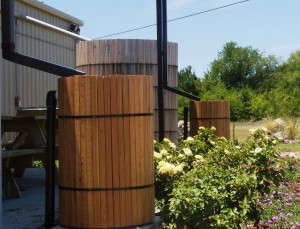
Water storage in Texas.
California usually sets the stage for policy when it comes to environmental issues. When it comes to rainwater harvesting, we are far behind. As we face this drought to drench, we should have the drive and motivation to capture as much rain was we can. Even with reservoirs rising 391 billion gallons after a storm, we’re still short of average for this time of year.
Many call for building more dams or raising their levels to store more water – but all of that comes at a price and an environmental impact.
To put things into perspective, think of this call-to-action as de ja vu. Back when installing photo-voltaic panels (solar panels) on homeowners roof’s was something deemed unworthy has now turned into a economic boom for the state. Nearly every neighborhood has dozens of homes covered in panels. Those power generation stations were funded with tax rebates. Rainwater harvesting should be no different.
If we change our mindset from storing water in faraway places and bring it home, we can easily store rainwater on property, reduce run-off to streets and streams, reduce pollution in our natural waterways and reduce our dependence on imported water supplies.
Texas, the Lone Star state has a shiny tax credit that most Californian’s would love – “Texas Tax Code §11.32, the Texas Legislature allows governmental taxing units the option to exempt from taxation part or all of the assessed value of property on which water conservation initiatives are made.”
Think about that – install a rainwater harvesting system at home – use the water for irrigation and have your yearly property tax bill exempted.
“I was shocked” that Texas offers a tax credit like that, said Bret G who harvests rainwater at home. After this past weekends’ storm, Bret continued “I filled up both 275 gallon IBC totes, 3 thirty-two gallon trash cans and 6 five gallon buckets. I got my free water ration from this storm.”
When it comes to buying equipment, “Texas Tax Code §151.355 exempts rainwater harvesting equipment and supplies from state sales tax.”
The Texas property code also prohibits a homeowners’ association from preventing the installation of rainwater harvesting systems and requires some state facilities to incorporate rainwater harvesting systems into their design. At the county and city level, agencies are to promote the use of rain barrels by providing discounts or rebates – something that is already happening in southern California but not state wide.
When it rains in nature, 25% of rain fall will infiltrate deep into the ground while another 25% will infiltrate shallow. Leaving 10% to run-off and 40% to evaporation. In a concrete jungle like San Francisco or Los Angeles, only 15% of rainwater will infiltrate into the ground and 55% will run-off.
“As deep infiltration decreases, the water table drops, reducing groundwater for wetlands, riparian vegetation, wells and other uses” written by the California Water & Land Use Partnership.
We need to change that. There are solutions already available, just not implemented on a wide scale.
Joshua Burman Thayer a landscape designer and horticulture consultant of Native Sun Gardens in San Francisco agreed that if a tax exemption was offered, it would greatly increase interest. But it’s not always about the money.
“If we get 20 inches of rain and use 80 inches of rain in yearly consumption, that 20 inches can reduce our water bill to 60 inches. If each of us does this, we reduce consumption of municipal water.”
As homeowners, we can all learn from Joshua. “By shaping the contour of the property to catch and store rainwater” we can use the moisture to reduce our irrigation needs. “This prolongs the wet period, so that clients don’t need to turn on their drip irrigation until May, rather than April.”
“While it is important to catch and store rainwater from rooftops to reuse in the garden, it is also even more important to do on-contour earthworks to catch rain as it sheets downslope, and to slow it, so that erosion is lessened. [Let it] sink into the landscape to be absorbed by the bio-mass and mulch instead of running away and downhill to overcharge wastewater systems,” Joshua recently wrote in an email to RecycledH2O.
Cities are making the change
Take for instance permeable parking lots or notches cut into curbs to allow rainwater run-off to slow down and percolate into the ground. The photo below shows notches in a parking lot for run-off to flow during rain storms. It has been planted with native grasses to cleanse the water. During heavy rainstorms, this trough quickly percolates water.
Water agencies tend to use the three wettest months of the year as the baseline for in-home water usage as sprinkler usage is generally at a minimum. For some EBMUD drought-shamers, that water usage could be around 200-400 gallons a day. In the summer their usage easily rises above 1500+ gallons, a 5-fold increase.
If these homeowners setup their landscape to act as a sponge to capture rainwater and stormwater run-off during the rainy season, they could easily reduce their needs for irrigation until much later in the summer months. Couple that with a few on-site storage tanks or cisterns and we’ll be in business. Throw in a property tax exemption an you’ll have homeowners chomping at the bit.


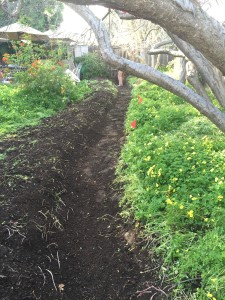
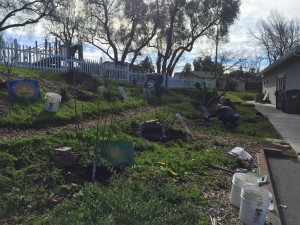
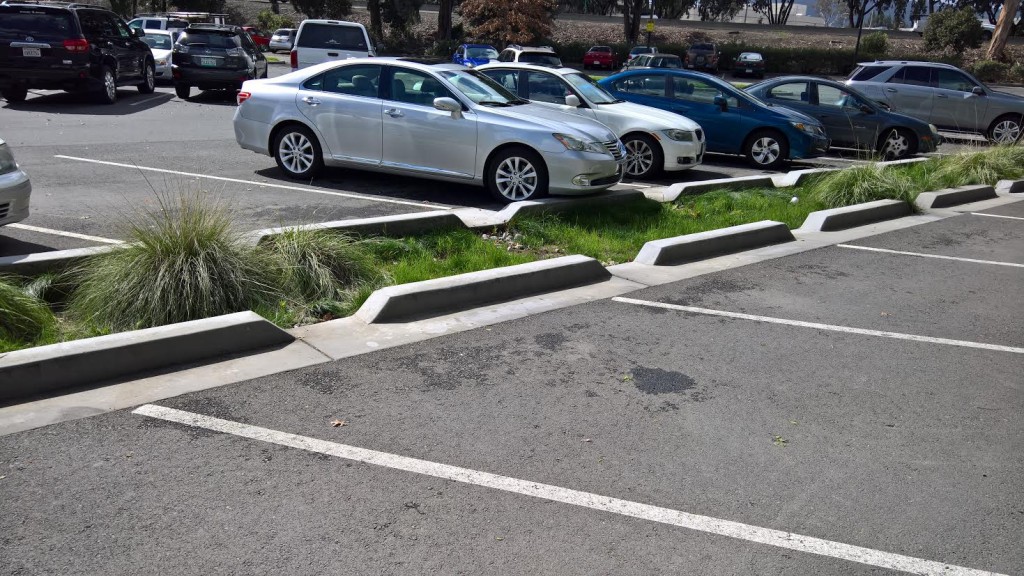
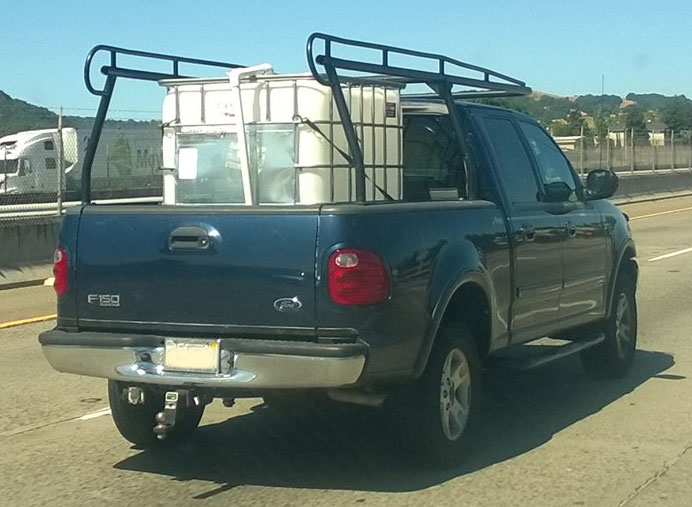
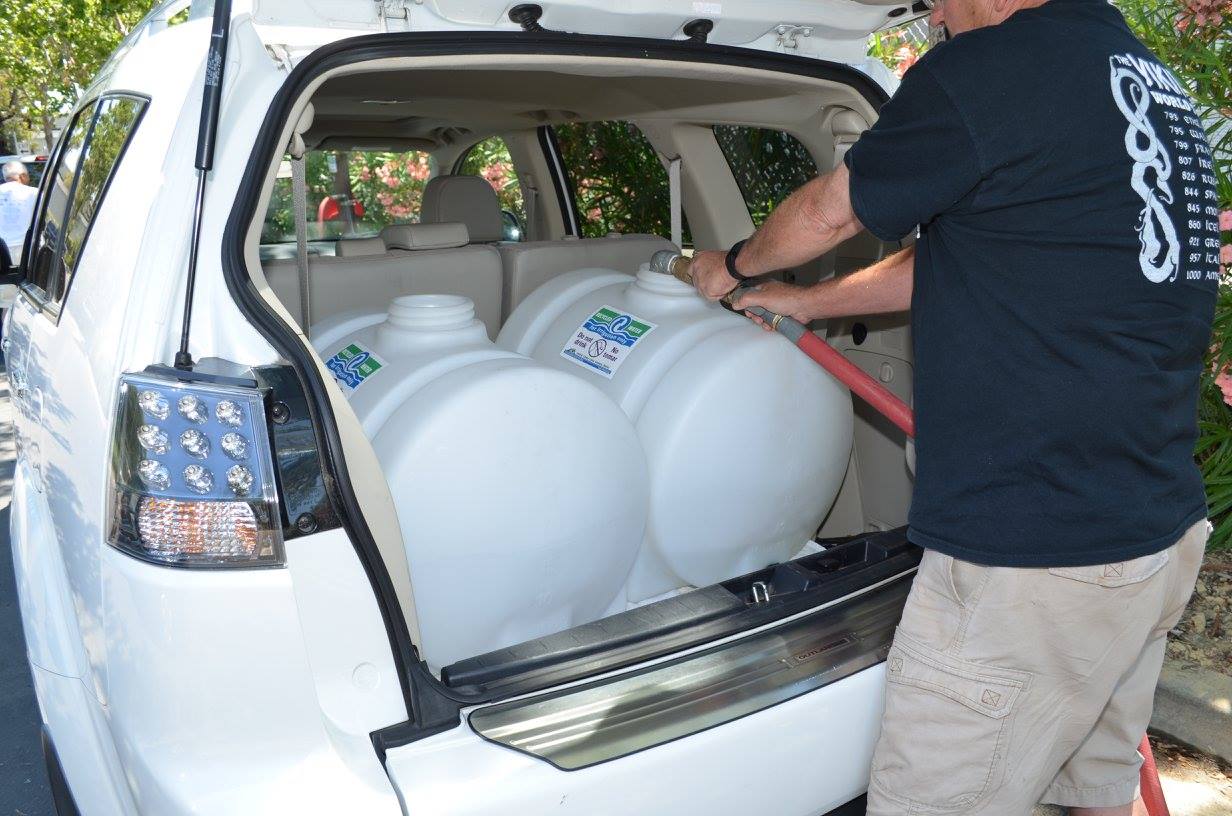
Leave a Reply